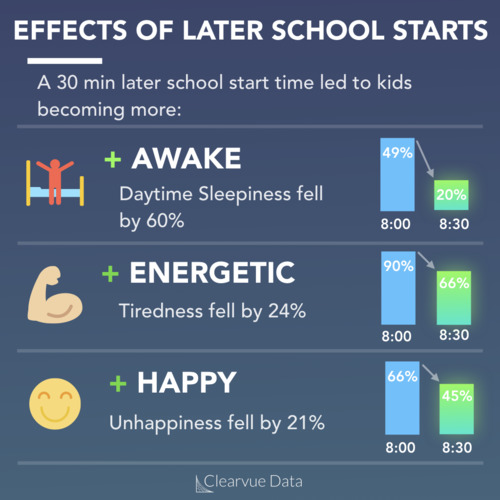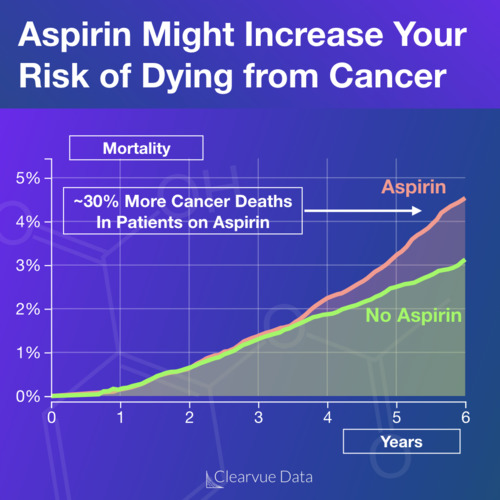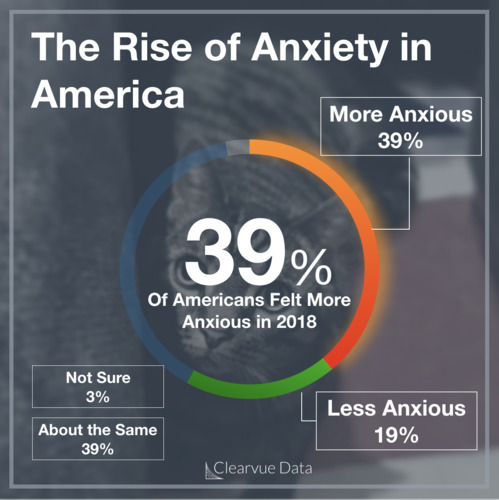Have you ever felt sick, but the thermometer didn’t agree with you? Or ever checked your temperature and found that it looked a lot higher than you “felt?” A recent study shows that you’re gut feeling may have been correct.
Since 1869, we’ve been told that 98.6 is normal and anything above 100.4 is a fever.
It turns out the truth is a lot more complicated. Human temperature is just as complex and diverse as any other part of our humanity.
Thanks to iPhones and a new app, a team at Harvard led by Dr. Hausmann has been able to better characterize human body temperature. 329 volunteers took over 5000 observations to observe how temperature changes over time and between people.
(Android users were not included in this study, but I think it’s safe to say they’re probably pretty similar)
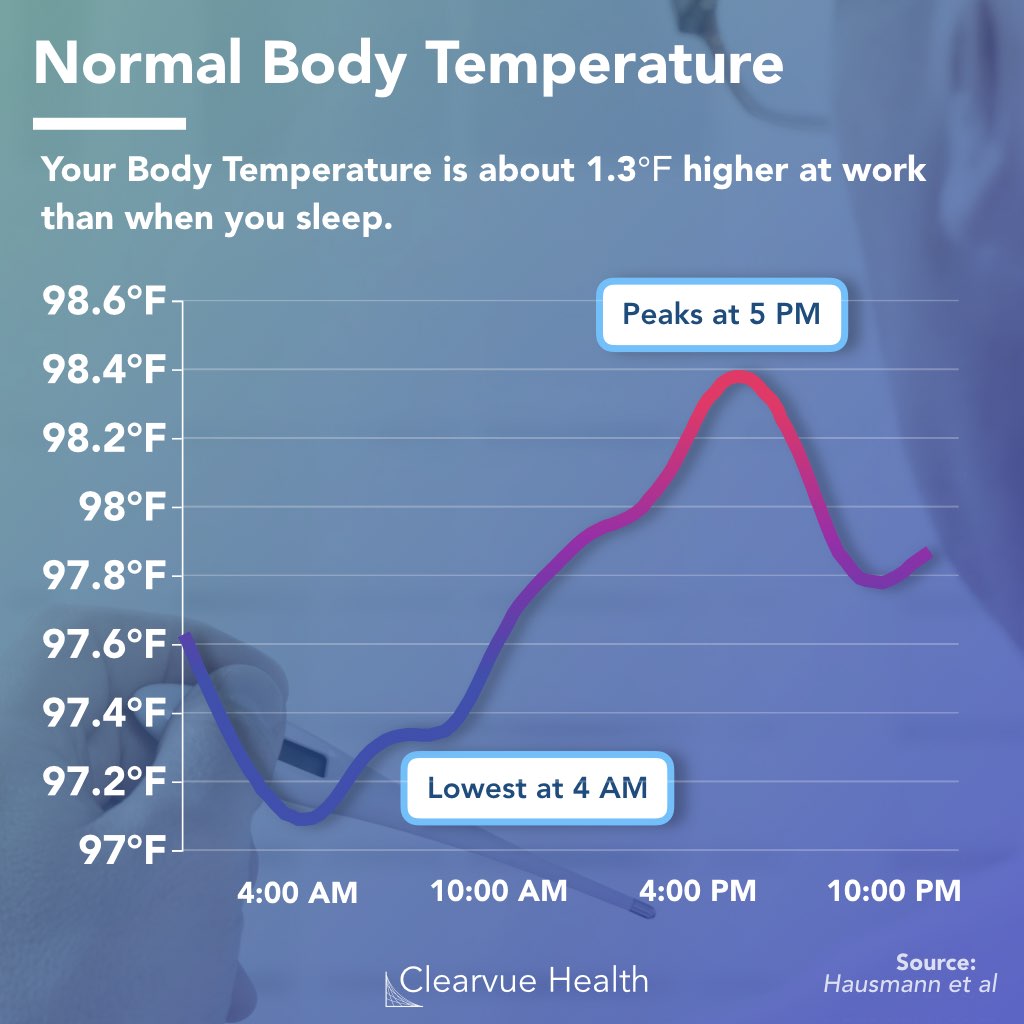
Just like your sleep cycle and eating schedule, your body temperature follows a daily rhythm as well. The average person has their peak body temperature at around 5PM, just after work, with a temperature at around 98.5℉. However, this temperature quickly drops during the night.
At around 4 AM, an average person will be at their lowest temperature at just above 97℉ on average, over 1.5 degrees lower than the 98.6℉ that’s often used as normal body temperature.
This means that a 2℉ elevation in your body temperature would translate to a 100.5℉ fever at 5PM, but only a 99℉ temperature overnight.
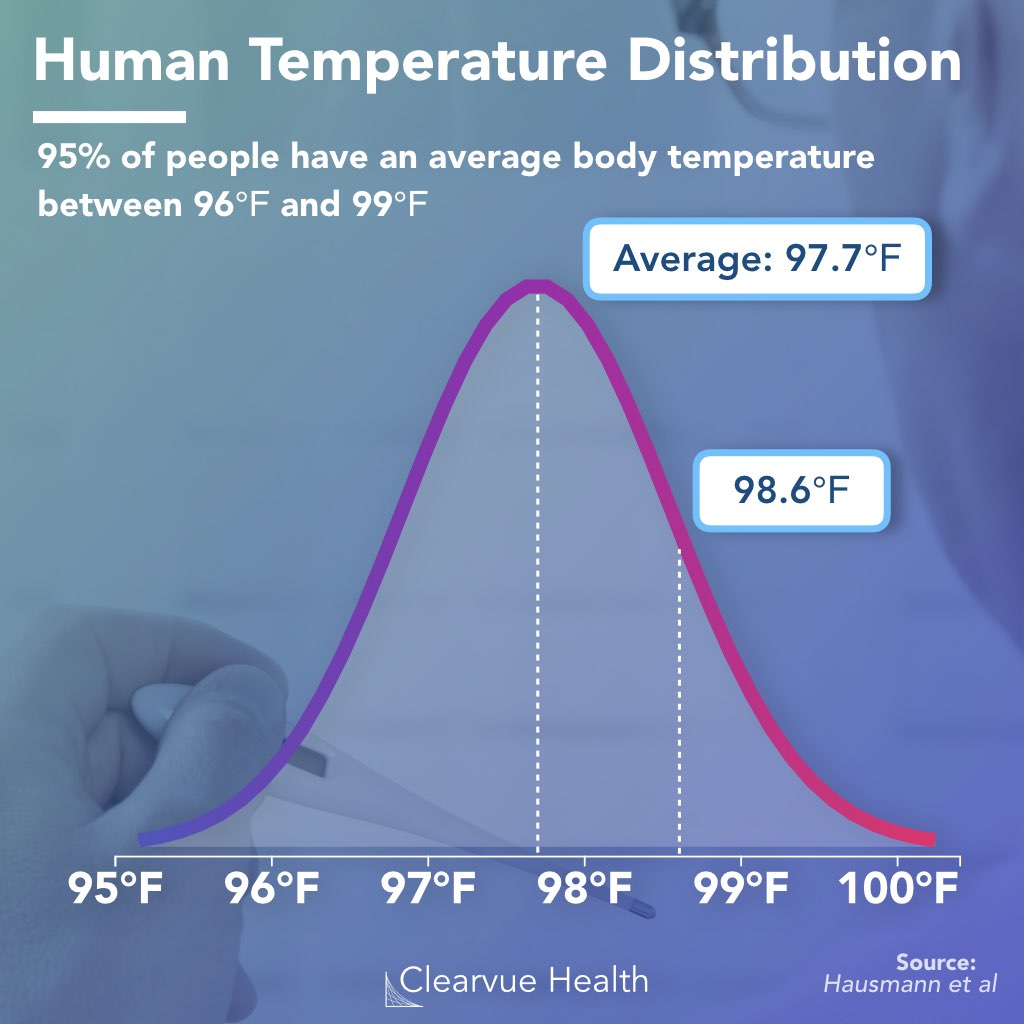
If you always feel cold, or always feel like a furnace even when you’re healthy, there are likely millions of people just like you.
The study found that people have a pretty wide range when it comes to normal body temperature. Interestingly, the average temperature found was 97.7℉, which is nearly a full degree lower than the often cited 98.6℉.
There were also quite a few people with an average temperature above 99℉ and quite a few with an average temperature below 96℉. Nothing is necessarily wrong with these individuals, they just have physiological set point that is different than “average.”
Taken all together, the researchers found that the 99th percentile temperature, which they defined as a fever, varied from 98.4℉ overnight to 100.2℉ during the peak. However, normal temperature thresholds for individuals can vary greatly.
The rule that 100 degrees means you’re sick and 99 degrees means you’re fine shouldn’t be a hard and fast rule. If you feel sick, you might just be sick, trust your gut and get some rest.
Fortunately, most fevers are caused by viral illnesses and will get better on their own. Just relax and make sure to get plenty of fluids and rest.
Here are 3 key features that indicate a potentially concerning fever:
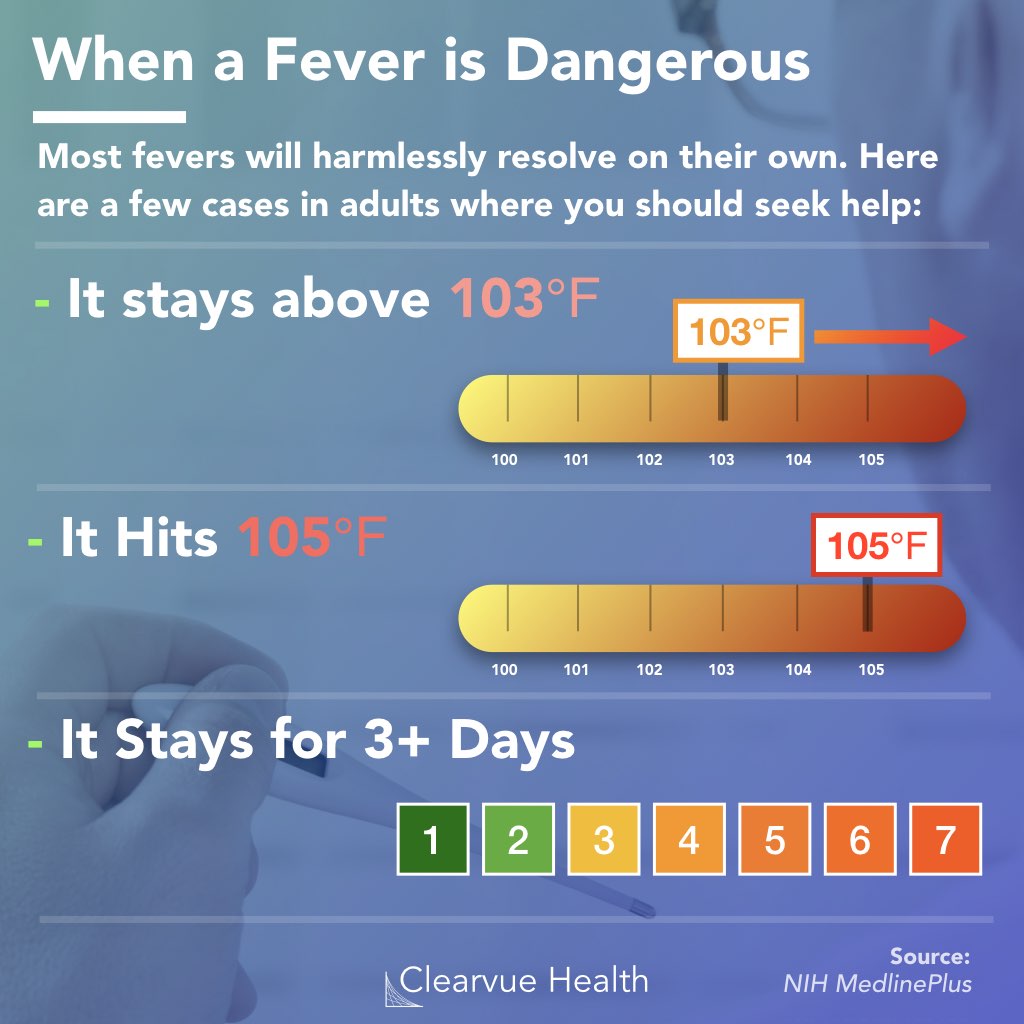
If a fever stays above 103℉, hits 105℉, or stays for more than 3 days, it may be time to contact a medical provider.
Other potentially dangerous symptoms can be found at the NIH’s website: MedlinePlus



